Dark arts: Hiroshi Sugimoto thinks outside the black box
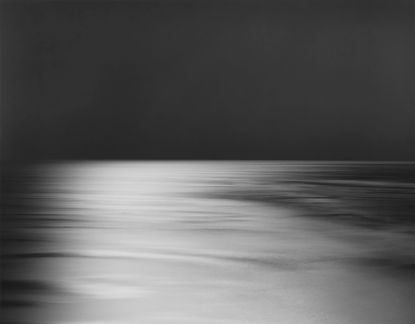
Hiroshi Sugimoto’s 'Black Box' has opened at Foam in Amsterdam, marking the third and last stop of the Japanese artist’s touring retrospective in Europe. Curator Philip Larratt-Smith explains that he opted for a title that was open to interpretation. He defines a black box as 'a camera where light is allowed to come in, printing on the negative to make the image; it can also be a coffin or the black box of an aircraft'. To wit, these multiple readings are present in the works.
Sugimoto was born in Tokyo in 1948 and left for the US to study photography in the 70s. Although surreal, his work is formalistic and uses photographic techniques to explore notions of time, empiricism and metaphysics.

Installation view of 'Black Box' at Foam Amsterdam.
His first series on display, Dioramas, which he started in 1976, uses the camera as a ‘time machine’. Experimenting with the technical possibilities of the camera and the potential of black and white photography, he creates ‘historic landscapes’ – where fantastical images appear so authentic, they force us to question how much we can believe or know to be true.
This concept is developed further in Theaters, where Sugimoto takes movie palaces and drive-in theatres and creates photos with an open shutter, allowing the length of the movie determine the length of exposure. The blank screens are the result of the deliberate overexposure, and illuminate the darkened interiors of the theatres. What appears to be a single instant moment on the photograph is actually an accumulation of time. It is Sugimoto’s poetic manifestation of the idea of duration.

'El Capitan, Hollywood', by Hiroshi Sugimoto,1993
In 'Seascapes', Sugimoto wanders into the natural world. Here, primitive shots of the sea and sky allow him to explore the notion of time from another perspective. ‘The more I think about the sense of time, the more I think it is probably one of the key factors in how humans became humans – the awareness of the passage of time,’ Sugimoto once said in a conversation with Larratt-Smith.
‘Sugimoto is a master technician who is using analogue in the age of digital; he is using all the techniques developed over the course of history of photography to make these images,’ Larratt-Smith adds. ‘One of the things which hold all his works together is a sense of heightened reality. The images are not everyday images, they’re not like a snapshot; they are elaborate on a conceptual level, also in formal terms, so the final results are really pristine art objects.’
The five series, comprising 34 large-format works on show here, give an overview of the artist’s 40-year career, and also an impression of potential future creations. Each series is open-ended – Sugimoto’s limit is really the number of situations he encounters that meet his criteria.

Hyena Jackal Vulture, by Hiroshi Sugimoto, 1976. Courtesy of the artist

The series 'Lightning Fields', 2006–present, examines the effects of electrical discharges on photographic negatives.
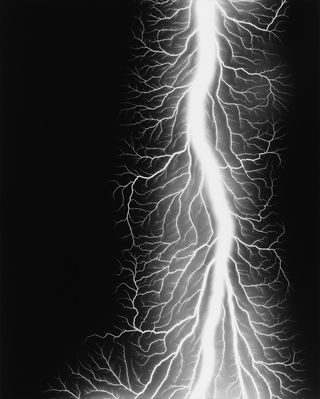
Lightning Fields 327, by Hiroshi Sugimoto, 2014. Courtesy of the artist
INFORMATION
’Black Box’ is on view until 8 March. For more information, visit the Foam website
ADDRESS
Foam
Keizersgracht 609
1017 DS Amsterdam
Wallpaper* Newsletter
Receive our daily digest of inspiration, escapism and design stories from around the world direct to your inbox
Yoko Choy is the China editor at Wallpaper* magazine, where she has contributed for over a decade. Her work has also been featured in numerous Chinese and international publications. As a creative and communications consultant, Yoko has worked with renowned institutions such as Art Basel and Beijing Design Week, as well as brands such as Hermès and Assouline. With dual bases in Hong Kong and Amsterdam, Yoko is an active participant in design awards judging panels and conferences, where she shares her mission of promoting cross-cultural exchange and translating insights from both the Eastern and Western worlds into a common creative language. Yoko is currently working on several exciting projects, including a sustainable lifestyle concept and a book on Chinese contemporary design.
-
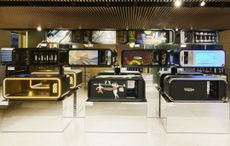 Technogym Home Bench 40 ways: designers interpret the home exercise classic
Technogym Home Bench 40 ways: designers interpret the home exercise classicTechnogym marks its 40 anniversary with 40 special editions of its Home Bench created in collaboration with international creatives
By Rosa Bertoli Published
-
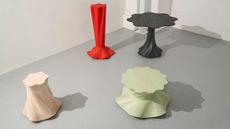 AHEC presents new works in American maple as part of the Wallpaper* Class of ’24
AHEC presents new works in American maple as part of the Wallpaper* Class of ’24The American Hardwood Export Council takes part in the Wallpaper* Class of ’24 exhibition at Triennale Milano during Salone del Mobile (16-21 April 2024), presenting new pieces by Parti and Giles Tettey Nartey in American hard maple
By Rosa Bertoli Published
-
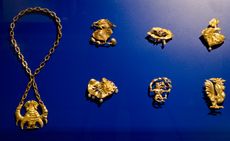 Paris’s Musée des Arts Décoratifs celebrates avant-garde jewellery design
Paris’s Musée des Arts Décoratifs celebrates avant-garde jewellery design'Fashion, Design, Jewellery Exhibit' is the new transdisciplinary exhibition at Paris’s Musée des Arts Décoratifs
By Minako Norimatsu Published
-
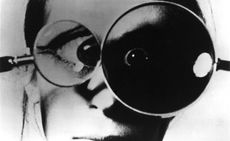 Meredith Monk’s interdisciplinary art sets all the senses singing in Amsterdam show
Meredith Monk’s interdisciplinary art sets all the senses singing in Amsterdam show‘Meredith Monk: Calling’ at Oude Kerk, Amsterdam, is both a series of concerts and a deep-dive into Monk’s eclectic oeuvre
By Hannah Silver Published
-
 Heads up: art exhibitions to see in January 2024
Heads up: art exhibitions to see in January 2024Start the year right with the Wallpaper* pick of art exhibitions to see in January 2024
By Hannah Silver Published
-
 Caroline Walker curates as Grimm Amsterdam explores domesticity in art
Caroline Walker curates as Grimm Amsterdam explores domesticity in artCurating ‘The Painted Room’ at Grimm Amsterdam, Caroline Walker explores the intimacy of interiors
By Emily Steer Published
-
 Drift Museum, a blockbusting experiential space, is set to open in Amsterdam in 2025
Drift Museum, a blockbusting experiential space, is set to open in Amsterdam in 2025Drift Museum is a collaboration between art duo Drift – aka Lonneke Gordijn and Ralph Nauta – and entrepreneur Eduard Zanen
By Hannah Silver Published
-
 Hiroshi Sugimoto reflects on time and truth ahead of his London retrospective
Hiroshi Sugimoto reflects on time and truth ahead of his London retrospectiveAs ‘Hiroshi Sugimoto: Time Machine’ opens at Hayward Gallery, the artist tells us of his guiding force, and why his Seascapes always end up in the bedroom
By Danielle Demetriou Published
-
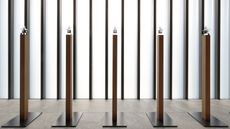 Hiroshi Sugimoto: ‘The deeper I explore Shinto and Buddhist art, the more it reveals the shallowness of contemporary art’
Hiroshi Sugimoto: ‘The deeper I explore Shinto and Buddhist art, the more it reveals the shallowness of contemporary art’‘Hiroshi Sugimoto – The Descent of the Kasuga Spirit’, at the Kasuga-Taisha shrine in Nara, Japan, sees the acclaimed photographer draw on Japan’s spiritual past and present
By Minako Norimatsu Published
-
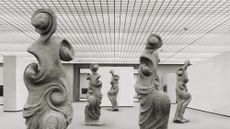 New exhibition samples the deep space and alien vibes of Stanley Kubrick’s work
New exhibition samples the deep space and alien vibes of Stanley Kubrick’s work‘I'm Sorry Dave’ sees Amsterdam’s Ravestijn Gallery delve into otherworldly atmospheres and retro-futurism
By Jonathan Bell Last updated
-
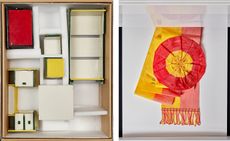 Amsterdam photography exhibitions: what not to miss
Amsterdam photography exhibitions: what not to missWe spotlight the best Amsterdam photography exhibitions to visit this Autumn
By Sophie Gladstone Last updated